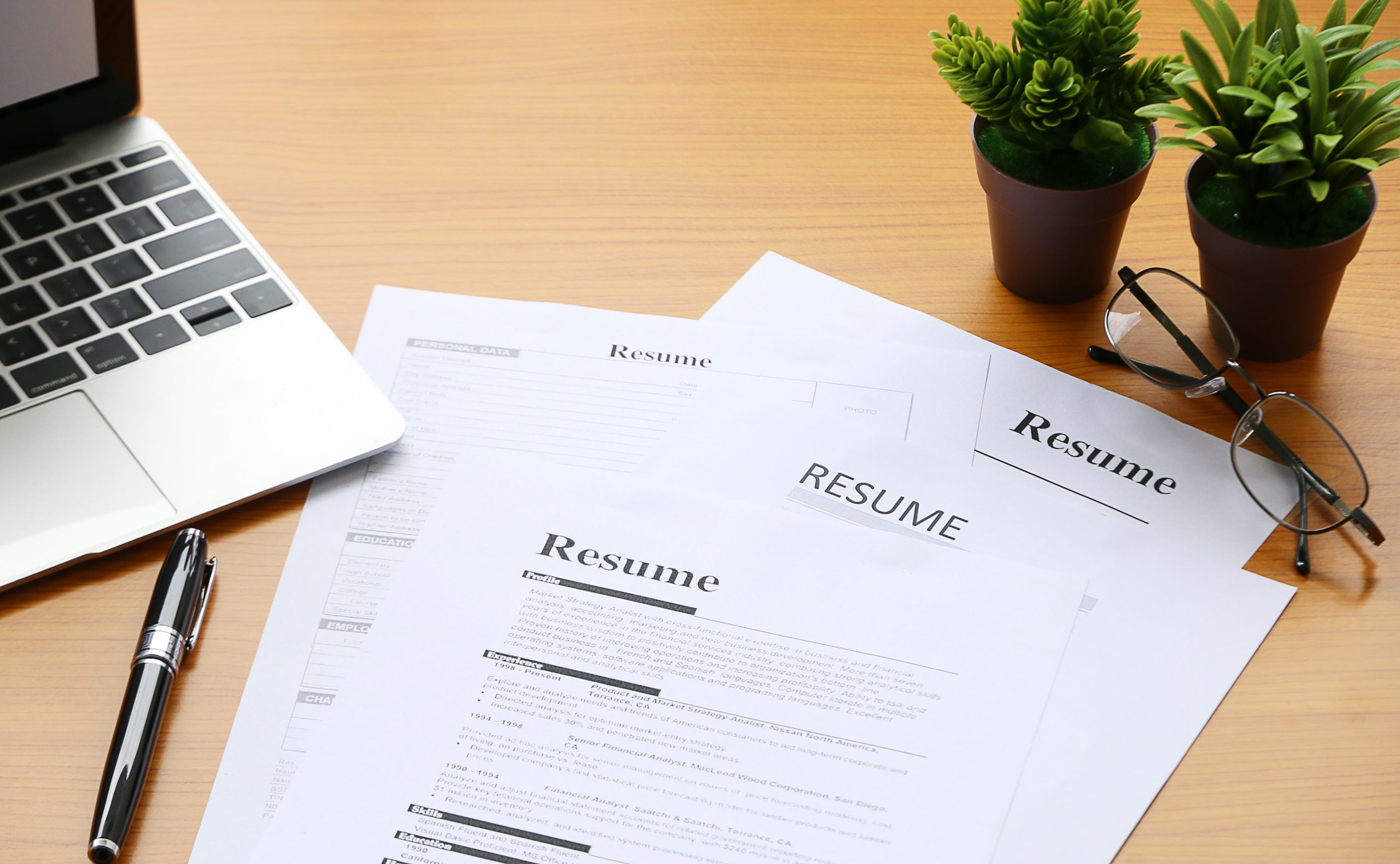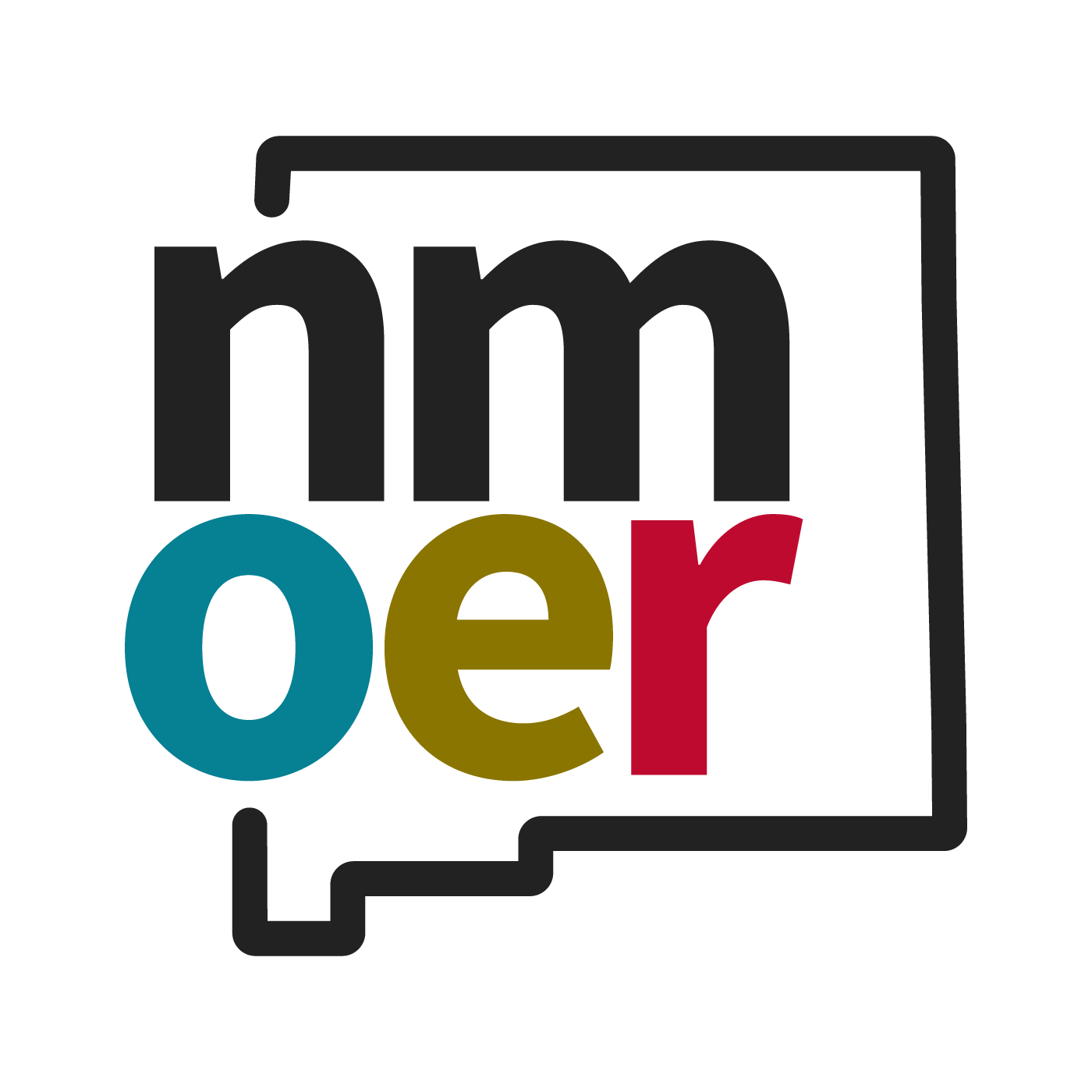Chapter 19: Resumes & Cover Letters
Chapter Learning Objectives
- 19.1 Identify the key components of an effective resume, including formatting, content organization, and tailoring to specific job opportunities. (SLO 3)
- 19.2 Explain the purpose and structure of a professional cover letter, highlighting how it complements the resume and communicates interest in a position. (SLO 3)
- 19.3 Apply strategies for customizing resumes and cover letters to align with job descriptions, employer expectations, and industry standards. (SLO 2, 3)

The most important tool you have on a résumé is language. —Jay Samit, digital media innovator
A résumé is a “selfie” for business purposes. It is a written picture of who you are—it’s a marketing tool, a selling tool, and a promotion of you as an ideal candidate for any job you may be interested in.
The word résumé comes from the French word résumé, which means “a summary.”
Leonardo da Vinci is credited with writing one of the first known résumés, although it was more of a letter that outlined his credentials for a potential employer, Ludovico Sforza. The résumé got da Vinci the job, though, and Sforza became a longtime patron of da Vinci and later commissioned him to paint The Last Supper.
Résumés and cover letters work together to represent you in the brightest light to prospective employers. With a well-composed résumé and cover letter, you stand out—which may get you an interview and then a good shot at landing a job. In this section we discuss résumés and cover letters as key components of your career development tool kit. We explore some of the many ways you can design and develop them for the greatest impact in your job search.
Your Résumé: Purpose and Contents
Your résumé is an inventory of your education, work experience, job-related skills, accomplishments, volunteer history, internships, residencies, and/or more. It’s a professional autobiography in outline form to give the person who reads it a quick, general idea of who you are. With a better idea of who you are, prospective employers can see how well you might contribute to their workplace.
As a college student or recent graduate, though, you may be unsure about what to put in your résumé, especially if you don’t have much employment history. And even with little work experience, you may still have a host of worthy accomplishments to include. It’s all in how you present yourself.
Elements and Format of Your Successful Résumé
Perhaps the hardest part of writing a résumé is figuring out what format to use to organize and present your information in the most effective way. There is no correct format, per se, but most résumés follow one of the four formats below.
Which format appeals to you the most? Click each heading to read about the different types of resumes.
Getting Noticed
An important note about formatting is that, initially, employers may spend only a few seconds reviewing each résumé—especially if there is a big stack of them or they seem tedious to read. That’s why it’s important to choose your format carefully so it will stand out and make the first cut.
Video: 5 Resume Tips
Watch this video from Indeed for 5 Resume Tips That Will Get You Noticed:
Those 5 tips were:
1. Use key words from the job posting
2. List your hard skills
3. List your soft skills
4. List your achievements and be specific
5. Edit
Résumé Contents and Structure
For many people, the process of writing a résumé is daunting. After all, you are taking a lot of information and condensing it into a very concise form that needs to be both eye-catching and easy to read.
Don’t be scared off, though! Developing a good résumé can be fun, rewarding, and easier than you think if you follow a few basic guidelines. In the following video, a résumé-writing expert describes some keys to success.

Contents and Components to Include in Your Resume
- Your contact information: name, phone number, email address (make sure it is professional looking even if it is a gmail or outlook account)
- A summary of your skills: 5–10 skills you have gained in your field; you can list hard skills as well as soft skills
- Work experience: depending on the résumé format you choose, you may list your most recent job first; include the title of the position, employer’s name, location, employment dates (beginning & ending)
- Volunteer experience: this is a great section to show your soft skills including dedication to causes you care about
- Education and training: formal and informal experiences matter; include academic degrees, professional development, certificates, internships, etc.
- References statement (optional): “References available upon request” is a standard phrase used on résumés, although it is often implied
- Other sections: may include a job objective, a brief profile, a branding statement, a summary statement, additional accomplishments, and any other related experiences
Caution
Résumés resemble snowflakes in as much as no two are alike. Although you can benefit from giving yours a stamp of individuality, you will do well to steer clear of personal details that might elicit a
negative response. It is advisable to omit any confidential information or details that could make you vulnerable to discrimination, for instance.
Your résumé will likely be viewed by a number of employees in an organization, including human resource personnel, managers, administrative staff, etc. By aiming to please all reviewers, you gain maximum advantage.
Do not mention personal information like your age, gender, height or weight. Do not include your social security number. Do not mention religious beliefs or political affiliations, unless they are relevant to the position. Do not mention health issues. Do not use first-person references. (I, me). Do not include wage/salary expectations. Do not use abbreviations. Proofread carefully—absolutely no spelling mistakes are acceptable.
Top Ten Tips for a Successful Résumé
- Aim to make a résumé that’s 1–2 pages long on letter-size paper.
- Make it visually appealing. Ask if someone can find what they want to know on first glace.
- Use action verbs and phrases.
- Proofread carefully to eliminate any spelling, grammar, punctuation, and typographical errors.
- Include highlights of your qualifications or skills to attract an employer’s attention.
- Craft your resume as a pitch to people in the profession you plan to work in. Show them you read their job posting and know what they want.
- Stand out as different with your skills and experiences.
- Be positive and reflect only the truth.
- Be excited and optimistic about your job prospects!
- Keep refining and reworking your résumé; it’s an ongoing project.
Remember that your résumé is your professional profile. It will hold you in the most professional and positive light, and it’s designed to be a quick and easy way for a prospective employer to evaluate what you might bring to a job. When written and formatted attractively, creatively, and legibly, your résumé is what will get your foot in the door. You can be proud of your accomplishments, even if they don’t seem numerous. Let your résumé reflect your personal pride and professionalism.
Your résumé should be clean, polished, and present you in your best light for future employers. Like dating profiles, they are detailed and should paint a picture for other prospective dates (or future employers) supporting why you deserve a chance at their love—an interview.
The unspoken rules of online dating profiles are very similar to the rules for writing a résumé. Whether you like it or not, your online dating profile and résumé both serve as a first impression. Profiles and résumés that are short, filled with spelling errors, or vague are usually passed over.
Your résumé should capture who you are, your skill set, education, past experiences, and anything else that is relevant to the job you hope to obtain.
Knowing your audience is a key factor in crafting the perfect resume. Logically, if my online dating profile presented studious and quiet personality traits, I would likely start receiving messages from potential mates who are looking for someone who is seeking those traits. By taking a similar approach while writing a résumé, you can easily determine the tone, language, and highlighted skills and experiences you should feature. The tone of your résumé is dictated by the nature of the position you hope to obtain in the future.
For example, hospitality jobs or positions that require you to interact with many people on a daily basis should be warm and welcoming while analytical jobs, such as accounting or research positions, should reflect an astute attention to detail. Your choice in language follows similar logic—use appropriate terms for the position you are seeking.

A resume can often stand on its own for a company to get to know you. But many times a cover letter can be a great (or required) addition to a job application to more specifically expand on your skills (hard and soft) for a specific job.
What Is a Cover Letter?
A cover letter is a letter of introduction, usually 3–4 paragraphs in length, that you attach to your résumé. It’s a way of introducing yourself to a potential employer and explaining why you are suited for a position. Employers may look for individualized and thoughtfully written cover letters as an initial method of screening out applicants who may who lack necessary basic skills, or who may not be sufficiently interested in the position.
Video: How to Write a Cover Letter
Watch this animated video from indeed about How to Write a Cover Letter Indeed Cover Letter
Often an employer will request or require that a cover letter be included in the materials an applicant submits. There are also occasions when you might submit a cover letter uninvited: for example,
if you are initiating an inquiry about possible work or asking someone to send you information or provide other assistance. With each résumé you send out, strongly consider always including a cover letter specifically addressing your purposes.
Characteristics of an Effective Cover Letter
Cover letters should accomplish the following:
- Get the attention of the prospective employer
- Set you apart from any possible competition
- Identify the position you are interested in Specify how you learned about the position or company
- Present highlights of your skills and accomplishments Reflect your genuine interest Please the eye and ear
Conclusion
The purpose of the resume is to get your foot in the door and be offered an interview. The resume is your one chance to catch your employer’s attention and stand out from the other applicants. A cover letter is a letter of introduction that you submit with your resume and it explains why you are suited for the position.
How to cite this chapter:
Allison, D. (n.d.). Chapter 19: Resumes and Cover Letters. In Pouska, B. (Ed.), Business Professionalism. New Mexico Open Educational Resources Consortium Pressbooks. https://nmoer.pressbooks.pub/businessprofessionalism/
Licenses and Attributions
CC Licensed Content — Original
Campos-Robledo, J., & Nguyen, T. (n.d.). Career/life planning and personal exploration. Lumen Learning, OER Commons. (Licensed under CC BY 4.0.)
CC Licensed Content — Shared Previously
Bruce, L. (n.d.). Resumes and cover letters. Lumen Learning. (Licensed under CC BY 4.0.)
Priester, T. C. (Ed.). (n.d.). Foundations of college success: Words of wisdom. Open SUNY Textbooks. (Licensed under CC BY-NC-SA 4.0.)
All Rights Reserved Content
Career Development Center – West Chester University. (n.d.). Resume writing: Purpose of a resume [Video]. YouTube. (Licensed under Standard YouTube License – All Rights Reserved.)
Indeed. (2019, October 22). 5 resume tips that’ll get you noticed [Video]. YouTube. (Licensed under Standard YouTube License – All Rights Reserved.)
Indeed. (2020, January 7). Top resume skills [Video]. YouTube. (Licensed under Standard YouTube License – All Rights Reserved.)
Indeed. (2020, January 7). Resume words to include and avoid [Video]. YouTube. (Licensed under Standard YouTube License – All Rights Reserved.)
Bateman, A. (n.d.). Steps to an incredible cover letter [Video]. YouTube. (Licensed under Standard YouTube License – All Rights Reserved.)
Cassidy, C. (n.d.). Resume tutorial [Video]. YouTube. (Licensed under Standard YouTube License – All Rights Reserved.)
Original Chapter Source
Original chapter source: Adapted from Career Planning and Personal Exploration by Dawn Allison.

